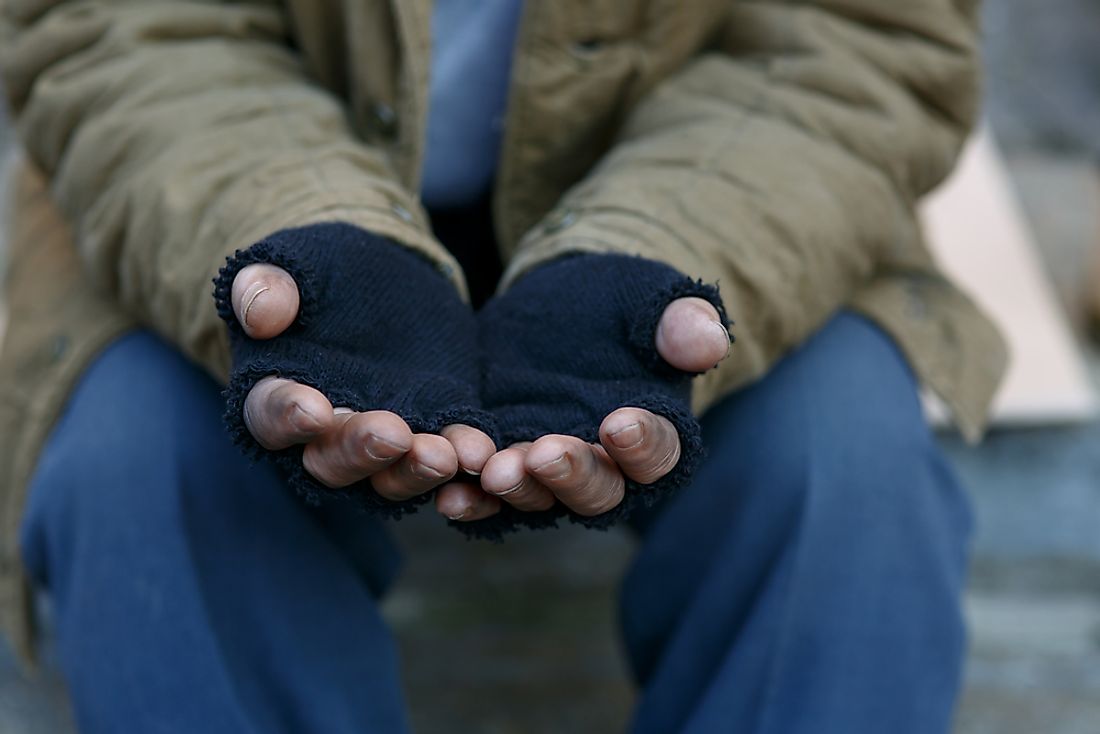An Overview of Homelessness in Japan

An Overview of Homelessness in Japan
Homelessness in Japan was once very uncommon. However, in the 1990s, the country faced an economic decline that left many without jobs and homes. By 2001, Japan reported over 25,000 individuals living in a state of homelessness. This problem was exacerbated after the global financial crisis of 2008 and 2009. The country again experienced a large increase in the unemployment rate and with this, a rise in the number of people experiencing homelessness. By 2014, however, the rate of homelessness dropped throughout the country with Tokyo reporting a homeless population of around 1,697, one of the lowest numbers recorded.
What is Homelessness?
The term homelessness is used to describe the condition of not having permanent or stable housing. It may also be used when one is living in conditions considered unfit or unsafe. Homelessness may occur as a result of a number of factors, including financial hardship, unemployment, discrimination, mental illness, and lack of housing. It is most common for older unmarried men to experience homelessness in Japan. This pattern occurs because employers favor married men when hiring due to the social belief that they have a family to provide for and will, therefore, work more diligently. Additionally, parents and grandparents tend to provide more financial support for daughters rather than for sons.
Where Are High Amounts of Homelessness Found in Japan?
The city of Osaka has one of the highest rates of homelessness in the country. It has an estimated homeless population of between 7,000 (the official number) and 10,000 (the unofficial number). This is largely due to the first financial crisis the country faced in the 1990s. At the time, Osaka's economy relied mainly on construction which practically came to a standstill when the financial crisis hit. One of the local parks in Osaka is referred to as "Tent City" where individuals can go for low-cost food, cooking gas, and occasionally, free meals.
What is the Japanese Government Doing to Help?
Several municipal level governments throughout the country have established homeless shelters in cities to help alleviate the hardships faced by people living in various states of homelessness. Additionally, some nonprofits and non-governmental organizations have been formed in order to fight this problem. Some governments have created social welfare programs to prevent these individuals from losing their homes with public financial assistance, to help them achieve temporary housing after losing their homes, and other programs to help them find and obtain employment. The government also works to ensure that older individuals are aware of their eligibility for public health service, which helps relieve some of the stress and difficulty of experiencing homelessness.
Emerging Trends
In recent years, the government has reported smaller numbers of homeless populations throughout the country. The largest decline has been reported in Tokyo. Some government officials claim this pattern is the result of successful public social welfare programs. Other individuals claim that the data has been collected erroneously. According to critics, government officials have conducted surveys of homelessness with populations living in parks, on the streets, and train stations. They say these surveys were conducted only during the daytime and do not take into consideration the individuals living in their cars or sleeping in internet cafes.







